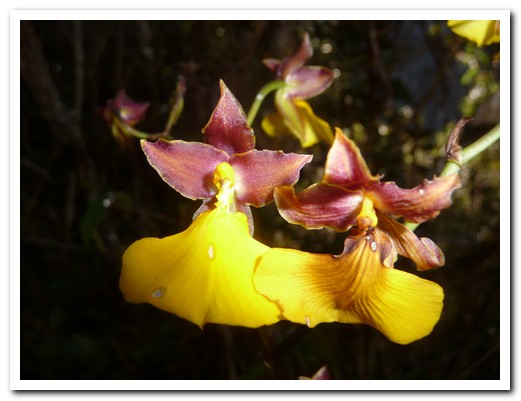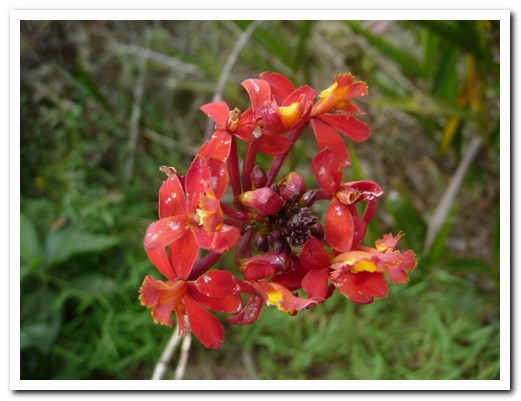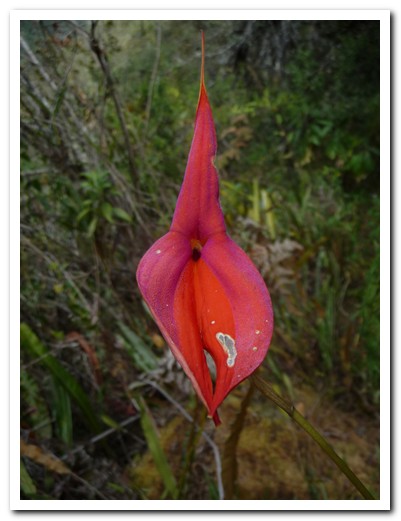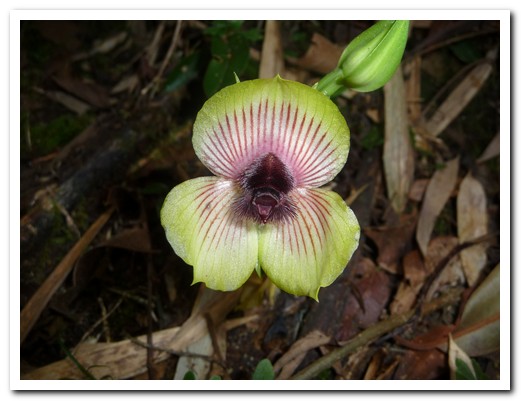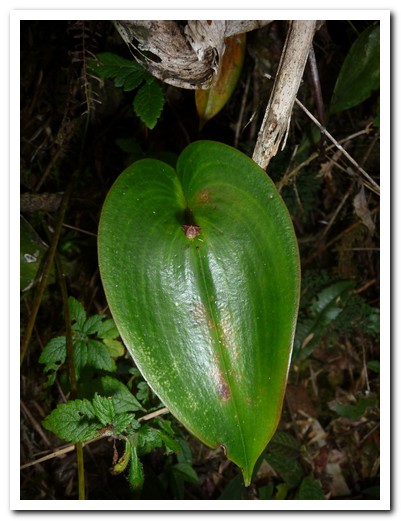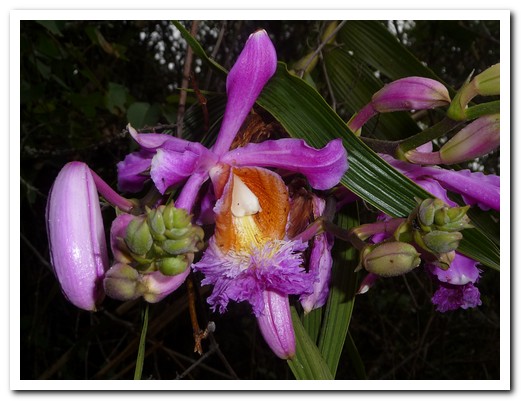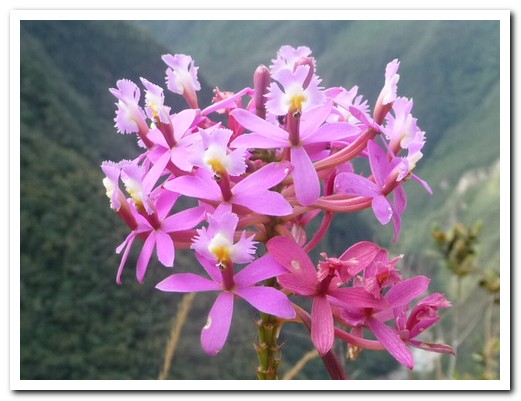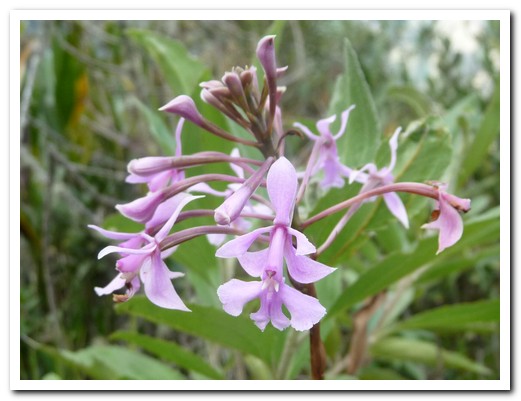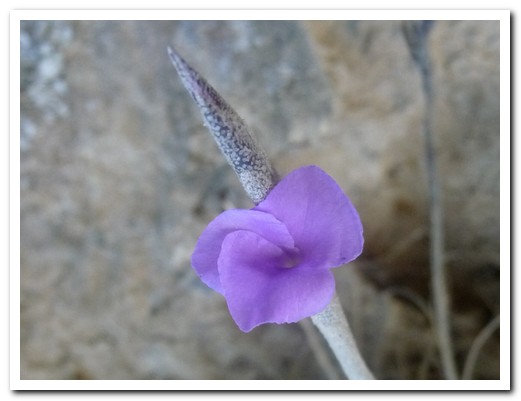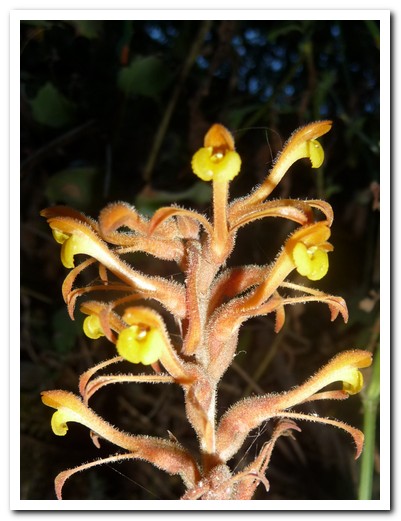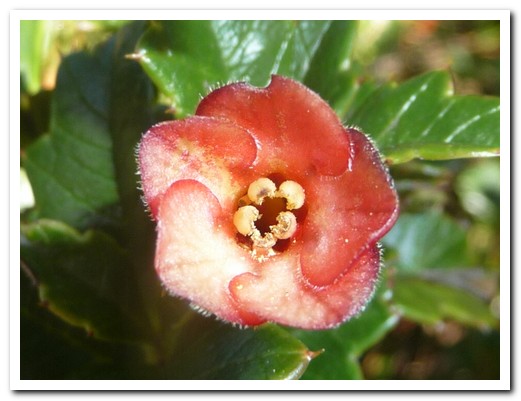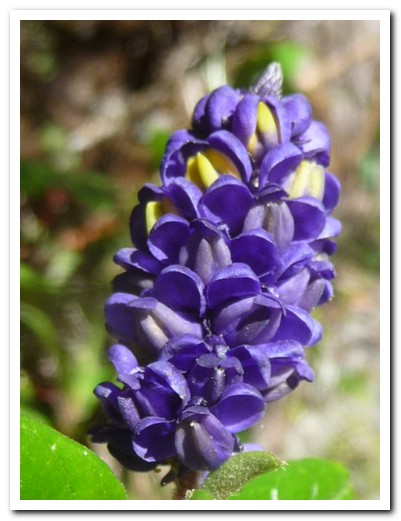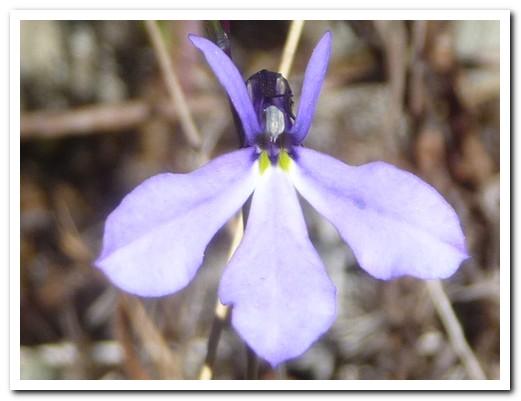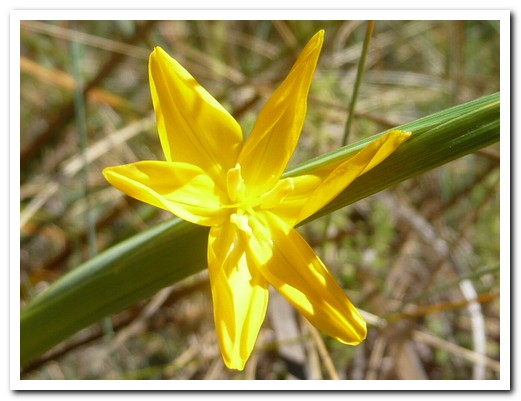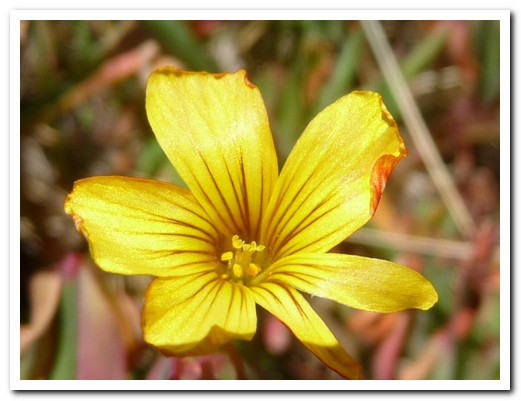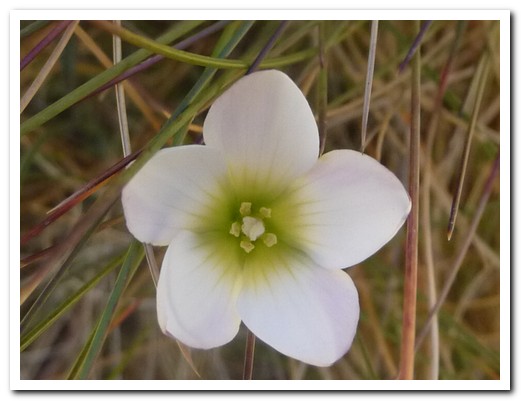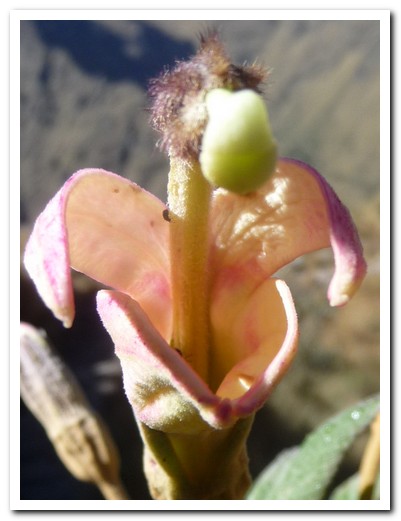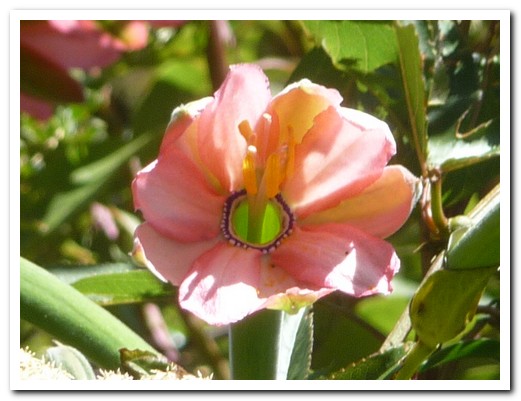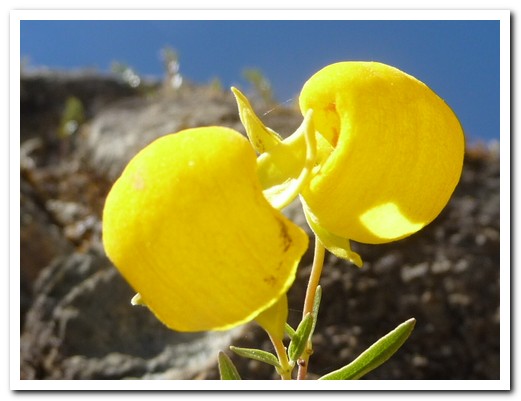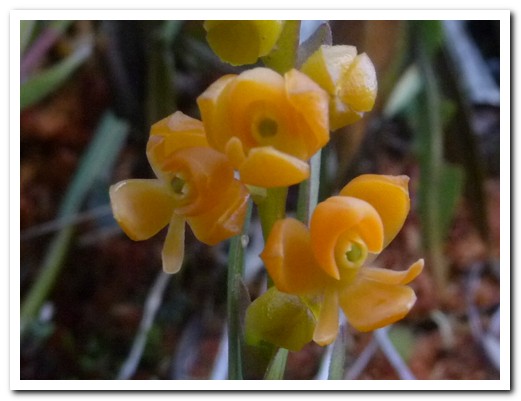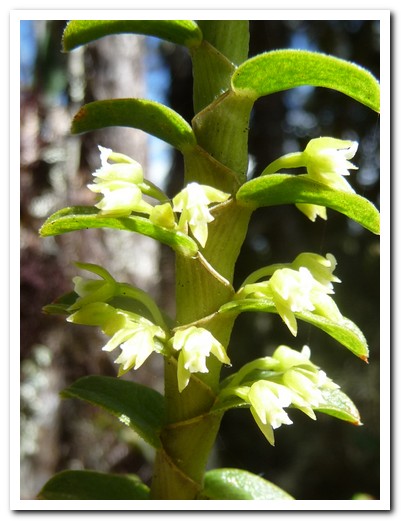Categories
- Argentina
- Chile
- Antarctica
- Easter Island
- Falklands (Malvinas)
- Bolivia
- Peru
- Uruguay
- Paraguay
- Brazil
- Venezuela
- Colombia
- Ecuador
- Galapagos
- Panama
- Costa Rica
- Cuba
- Nicaragua
- Honduras
- El Salvador
- Guatemala
- Belize
- Mexico
- Latin American Xmas
Pages
- Street Art of Buenos Aires
- A week in Buenos Aires
- The Jesuit Missions in South America
- Contact Us
- Map of Central America
- First week in Latin America – October 2009
- Home Page
- Map of South America
Archives
- October 2011 (3)
- September 2011 (9)
- August 2011 (10)
- July 2011 (7)
- June 2011 (6)
- May 2011 (11)
- April 2011 (10)
- March 2011 (4)
- February 2011 (5)
- January 2011 (6)
- December 2010 (6)
- November 2010 (4)
- October 2010 (8)
- September 2010 (5)
- August 2010 (7)
- July 2010 (5)
- June 2010 (6)
- May 2010 (6)
- April 2010 (7)
- March 2010 (6)
- February 2010 (9)
- January 2010 (4)
- December 2009 (8)
- November 2009 (5)
- October 2009 (2)
Up the River Uruguay
29th July 2010
The Río Uruguay divides Argentina and Uruguay. We followed it from Buenos Aires to visit Argentina´s north east. Fist stop Colon. From Mercedes we caught a local bus to Colonia Carlos Pellegrini to visit the wetlands of the Reserva Provincial del Esteros Iberá.
.
Further north in the province of Missiones are the Jesuit ruins of San Ignacio Miní, Loreto and Santa Ana. Between 1603 and 1767, the Jesuits founded 30 missions in this part of South America (15 in Argentina, 7 in Brazil and 8 in Paraguay – 7 of them are World Heritage sites). The missions were laid out around a huge central plaza, the church on one side and rows of long houses for the indigenous on the other sides.
.
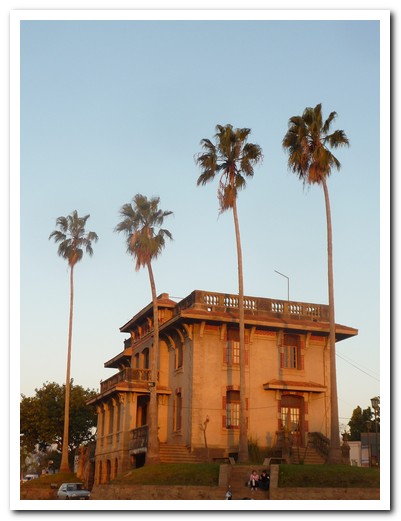
Colón house on the River Uruguay

Mercedes city hall
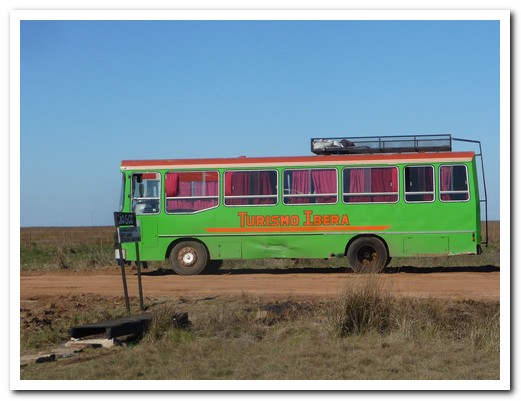
Local bus to the wetlands
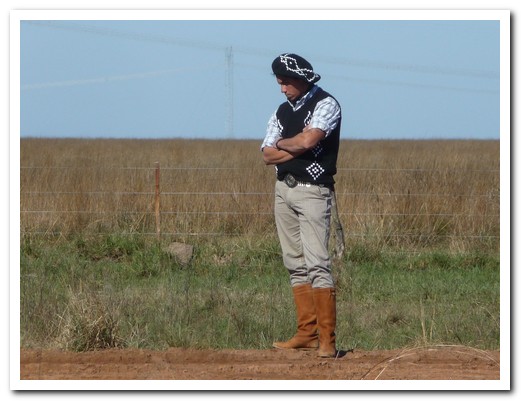
Gaucho waiting for the bus
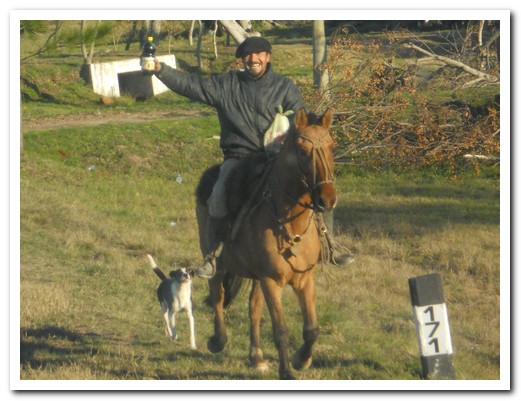
This is gaucho country
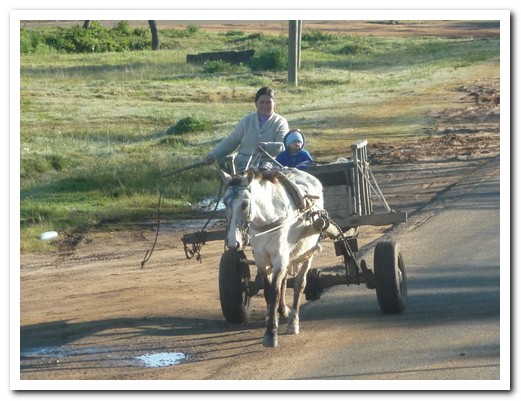
Lots of horses and carts

Scale model of how San Ignacio Miní looked in 1767

How the church once looked
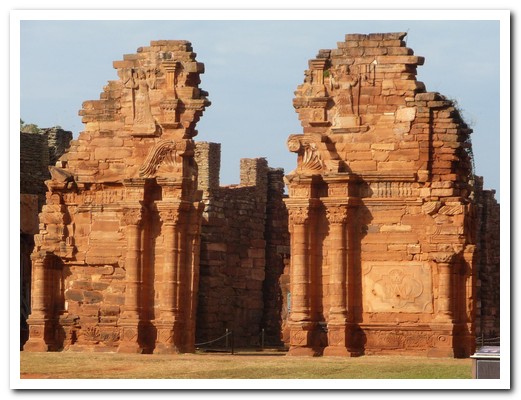
All that remains of the church today
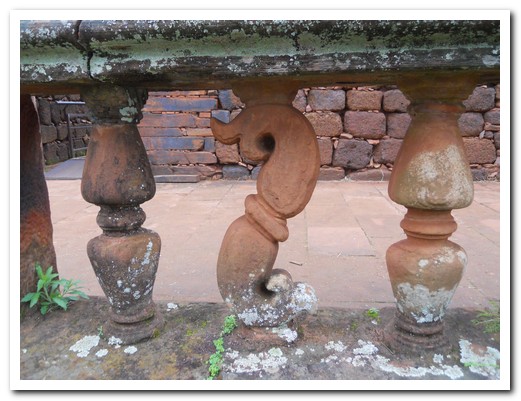
Seahorse shape in the railing
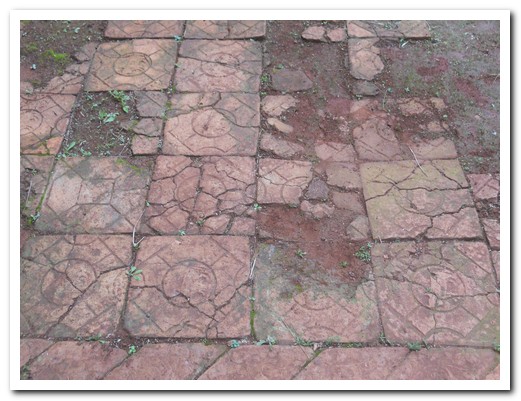
Flooring
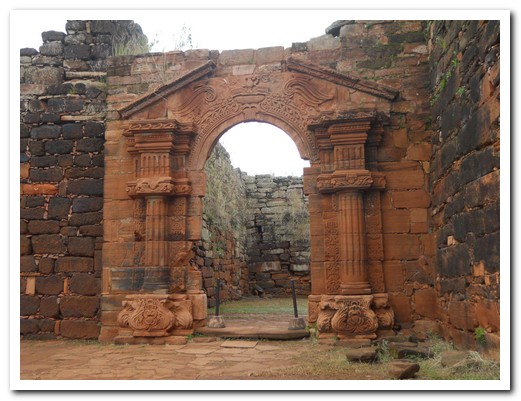
The priest´s entrance
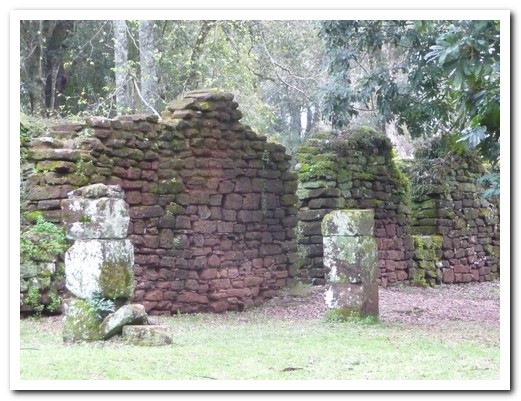
Rows of long houses
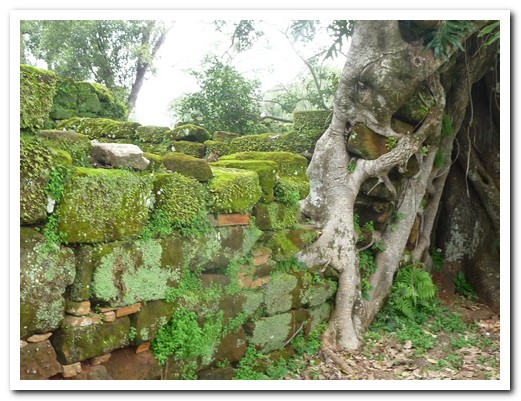
The jungle is taking over
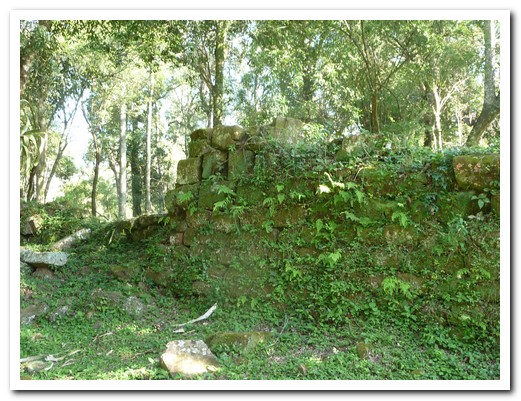
Not much is left of the Loreto Mission
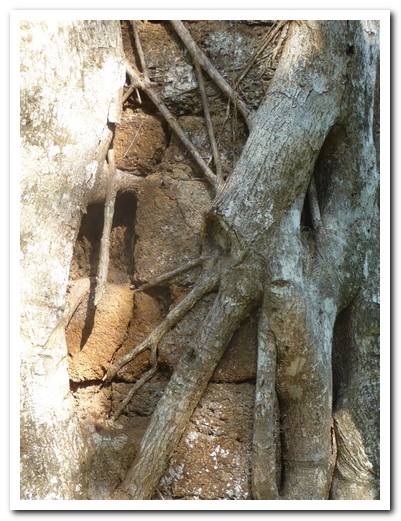
Strangler fig has a grip on this Loreto wall
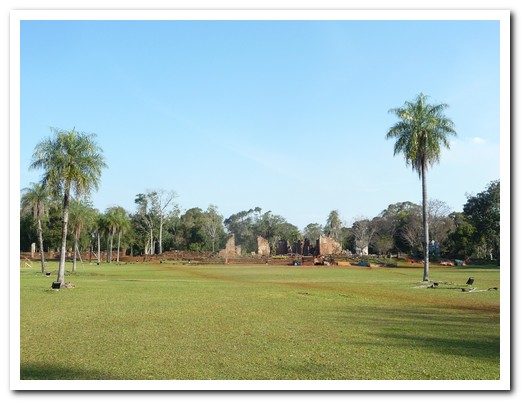
Santa Ana church ruins across the huge plaza
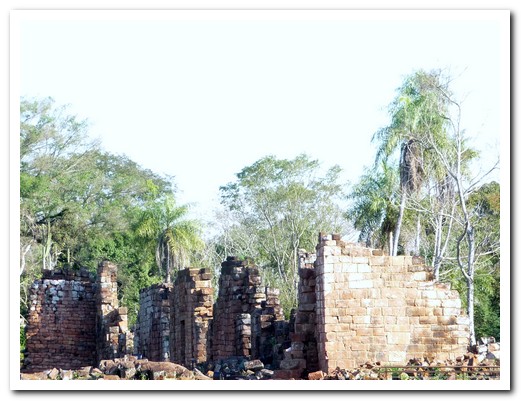
Santa Ana ruins in the jungle
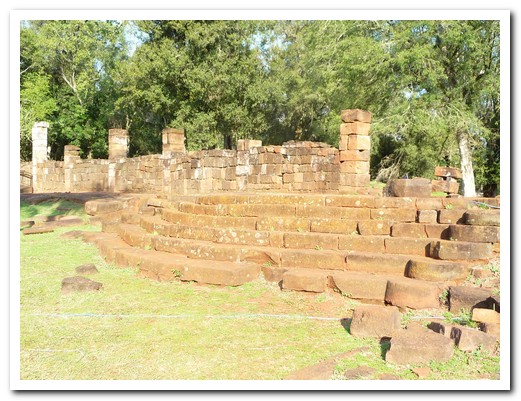
Steps led to the church
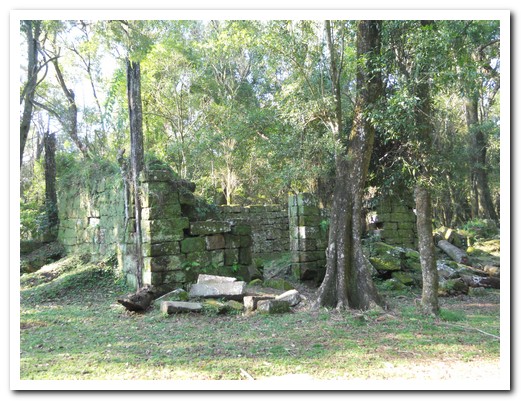
Original wooden column still visible
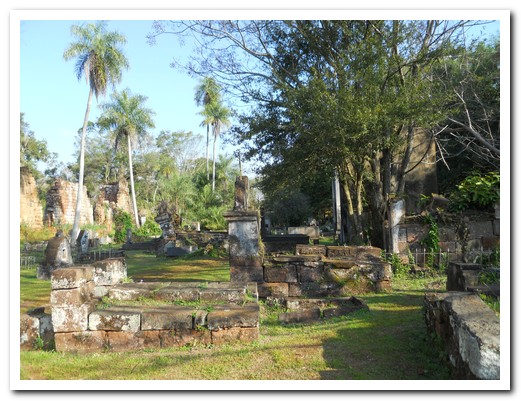
The graveyard at Santa Ana
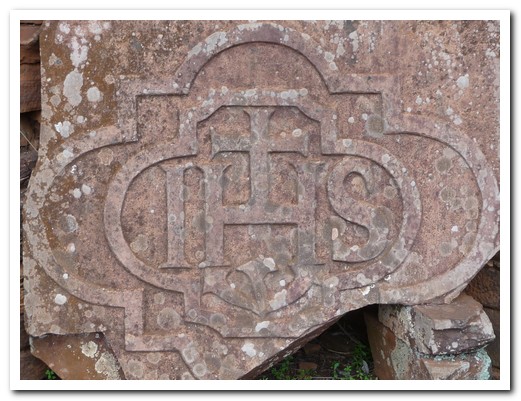
Symbol of La Compañía de Jesús
Reserva Provincial del Esteros Iberá
26th July 2010
This stunning wetland reserve in Northeast Argentina, unspoiled by tourism, is the second largest wetlands in South America and home to countless birds and animals. The name Iberá means shiny water in the Guarani language.
.
Walking through the forrest, monkeys can be seen high up in the trees. Capybaras munch on grass, oblivious to humans. Timid deer don´t hang around too long. An armadillo showed itself and a little bird carried on building it´s oven like nest of clay.
.
From a boat, gliding quietly among the floating islands of aquatic plants, caimens and anacondas can be seen basking in the sun. A vast array of birds have also made this protected area their home.
.
The sleepy little village of Colonia Carlos Pellegrini, 8 blocks by 8 blocks, is the perfect place to watch the sun setting over the lake.
.
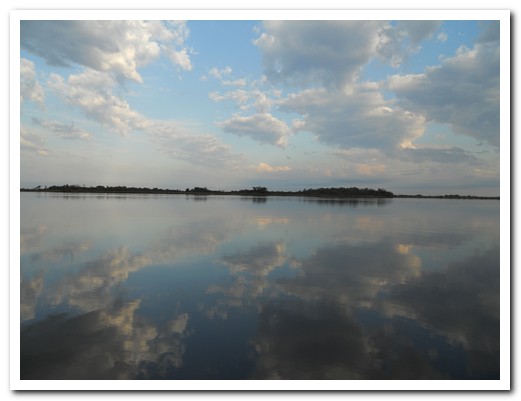
Reflections on the lake

Floating islands of aquatic plants support trees
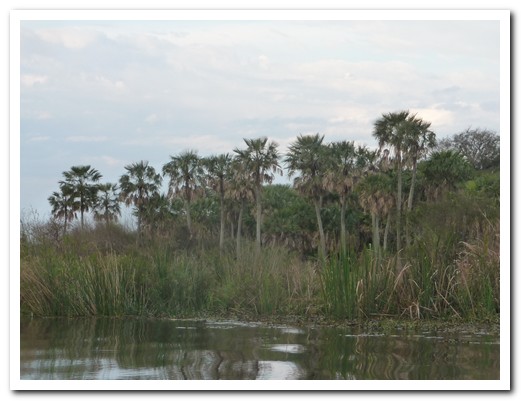
Groves of palms
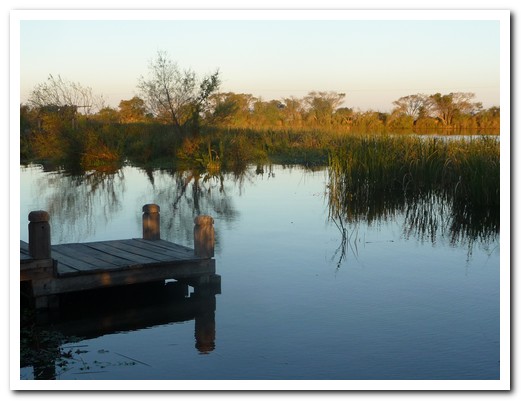
Jetty at Colonia Carlos Pellegrini
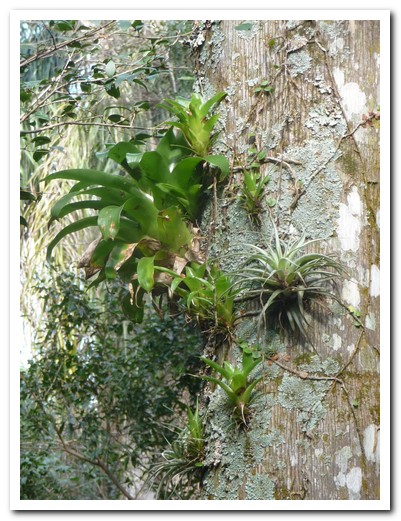
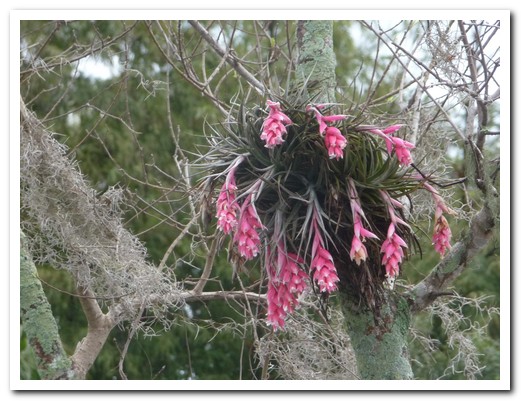
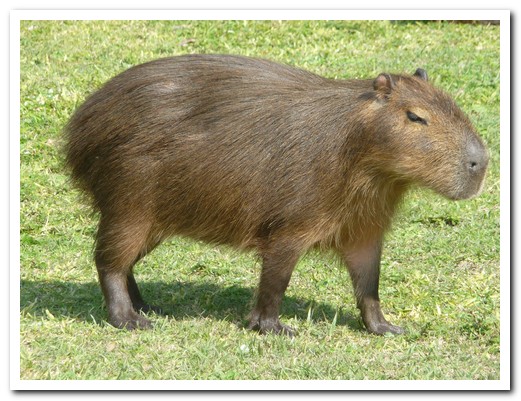
The capybara, at 75 kgs, is the world´s largest rodent
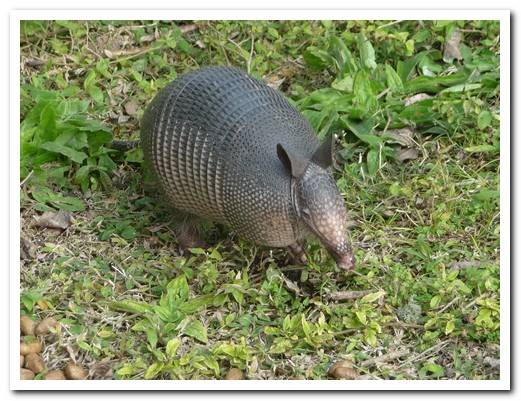
Armadillo
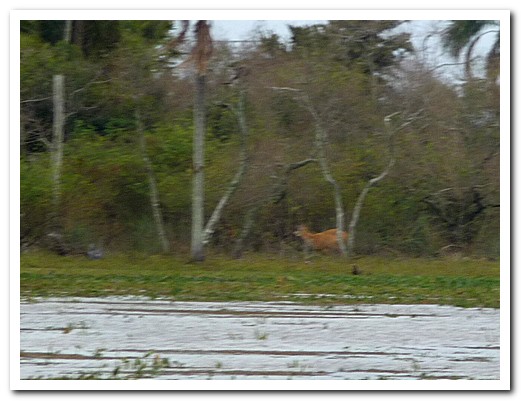
Timid deer
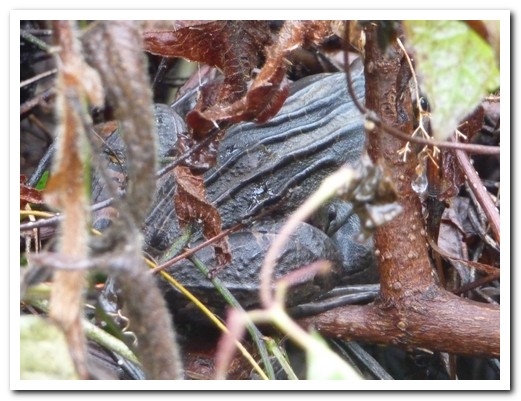
Frog hiding
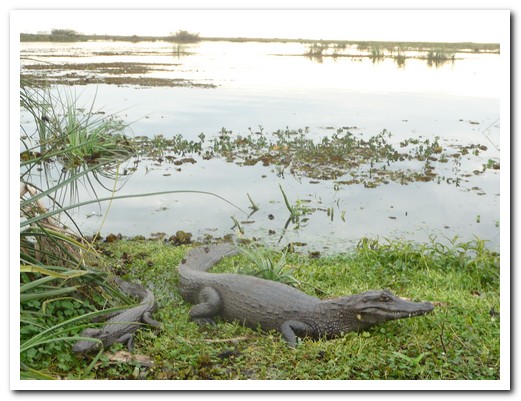
Caimen basking in the sun
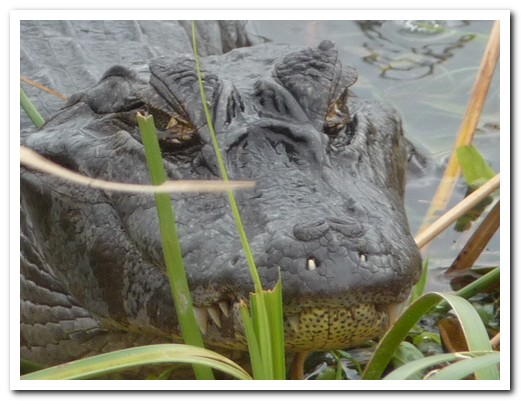
Not as aggressive as they look
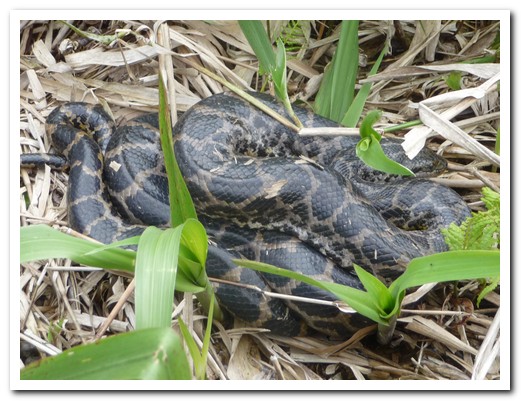
Anaconda on a floating island
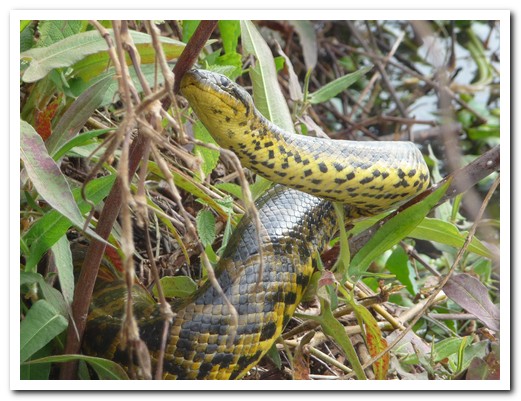
Beautiful anaconda
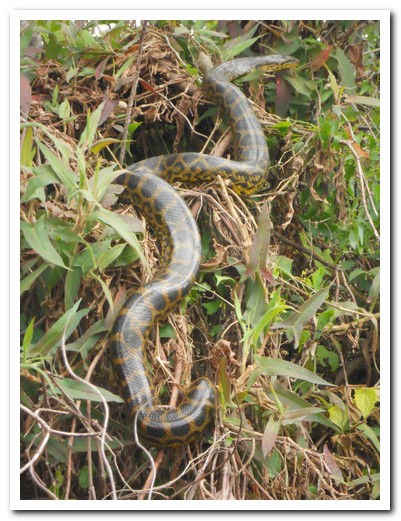
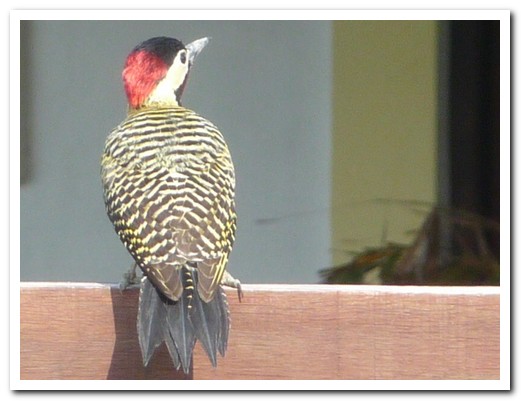
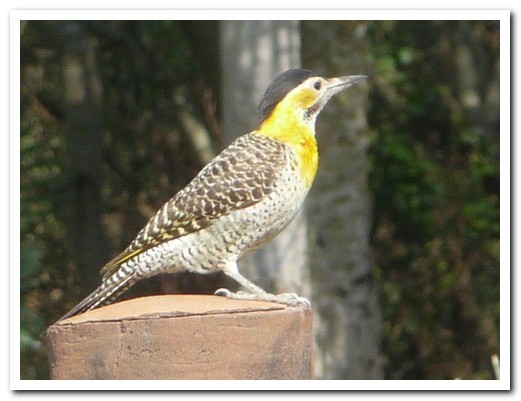

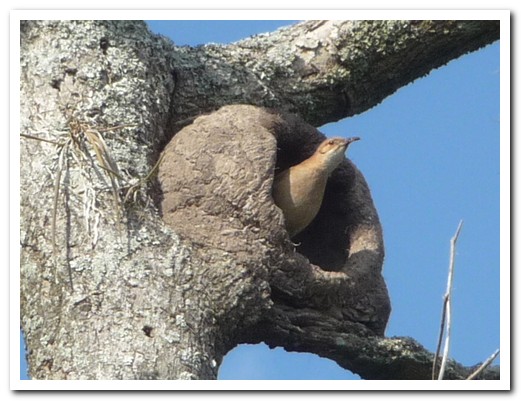
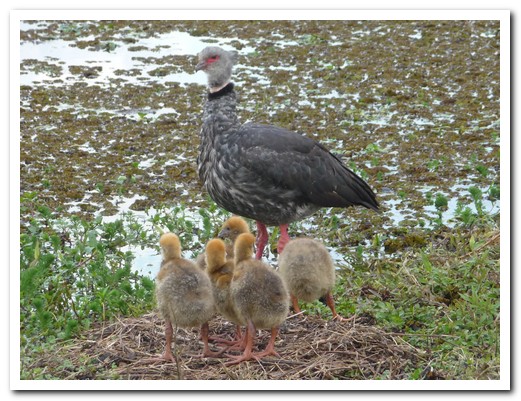
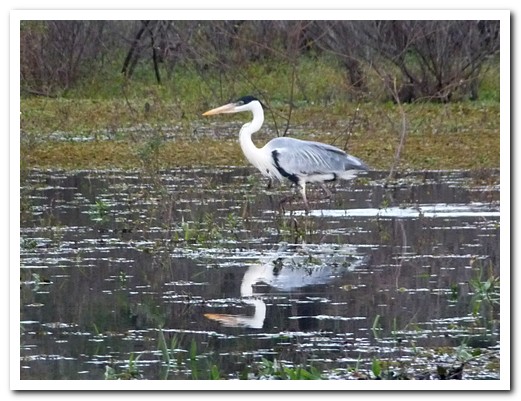
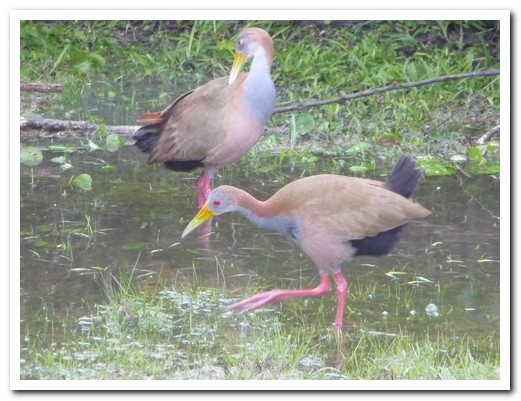
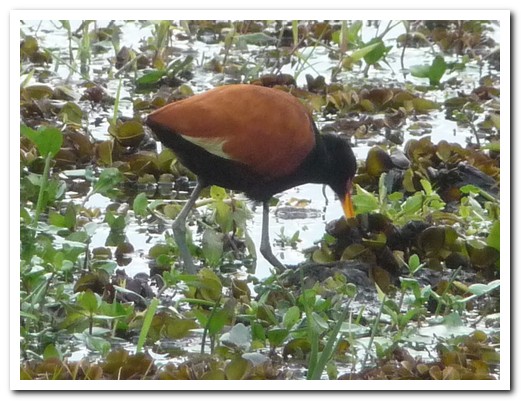
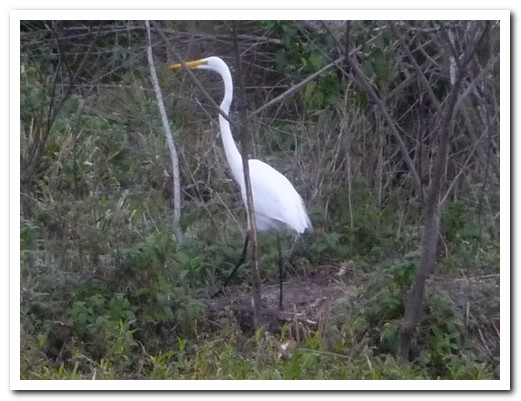
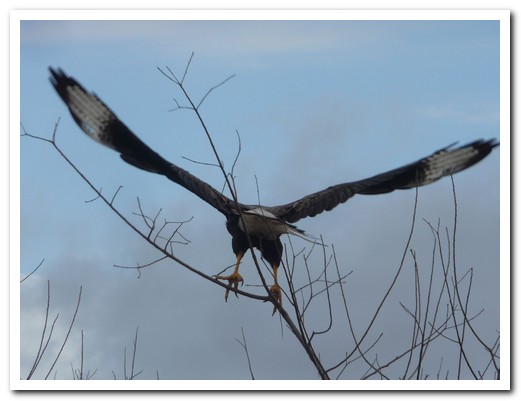

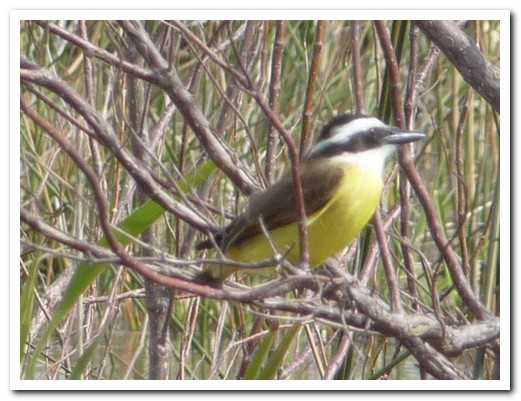
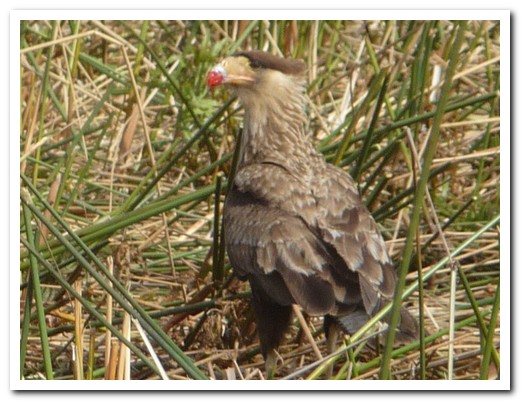
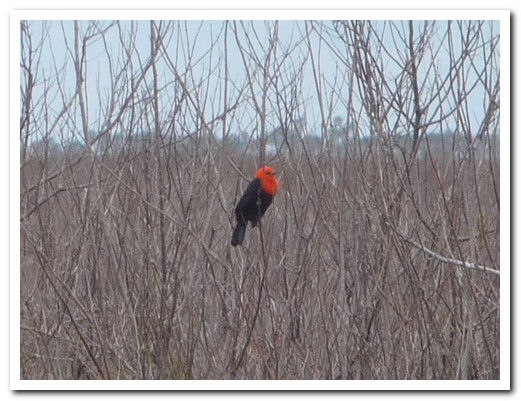
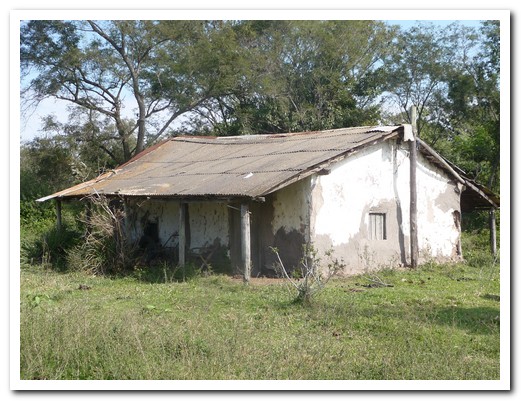
Adobe house in Colonia Carlos Pellegrini
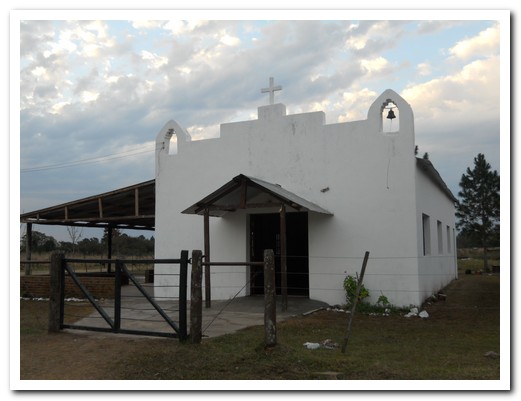
Colonia Carlos Pellegrini has a tiny church
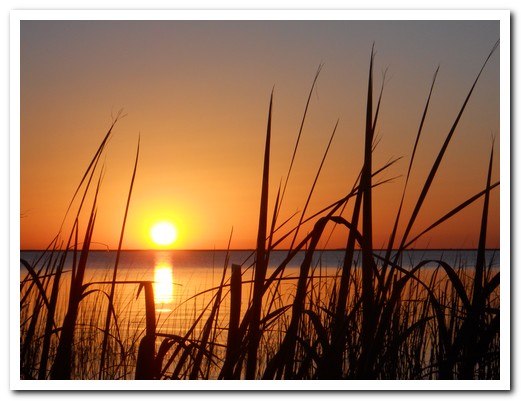
Sunset over the lake
Uruguay
16th July 2010
 Carmelo lies 2:30 hours by boat across the Rio de la Plata from Tigre (to the north of Buenos Aires). It was our fist stop in Uruguay. World Heritage Colonia del Sacramento, founded by the Portuguese in 1680 and fought over with the Spanish for 100 years, retains its originality.
Carmelo lies 2:30 hours by boat across the Rio de la Plata from Tigre (to the north of Buenos Aires). It was our fist stop in Uruguay. World Heritage Colonia del Sacramento, founded by the Portuguese in 1680 and fought over with the Spanish for 100 years, retains its originality.
.
In Montevideo´s old centre, the buildings date from the 19th and 20th centuries. People also come to Uruguay for the surf beaches, but only a few are brave enough in the winter when it is blowing a gale and temperatures close to zero.
.
Uruguay produces excellent cheeses thanks to the Swiss immigrants. The wine is not bad either. We enjoyed the homemade pasta, perfect in the cold weather.
.
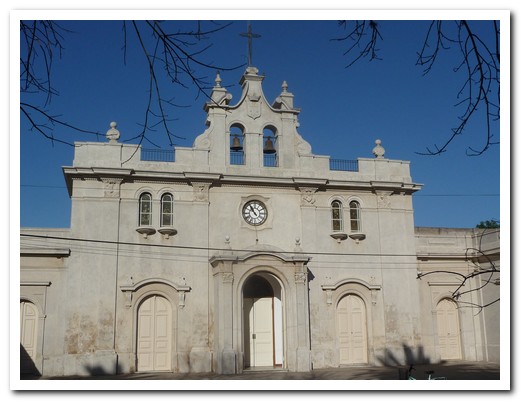
Carmelo´s church was built to give thanks after a Cholera epidemic
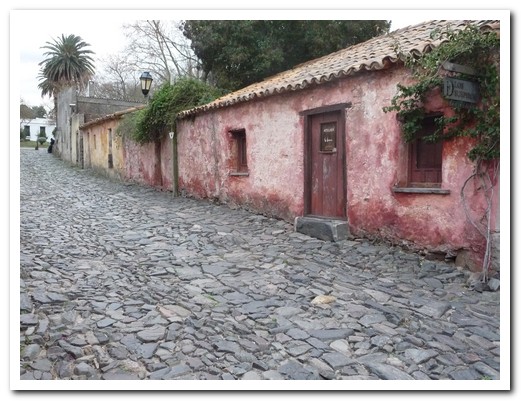
The Portugese ¨street of sighs¨ in Colonia
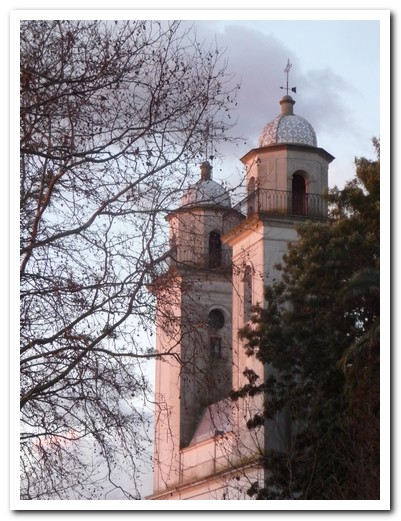
A bleak and windy winters day in Colonia
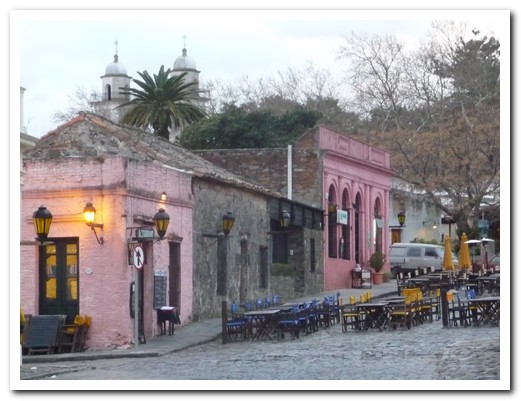
Would be nice on a warm sunny day!
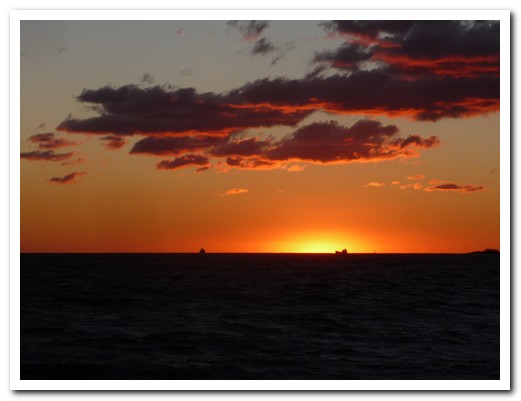
Sun setting across the Rio de la Plata
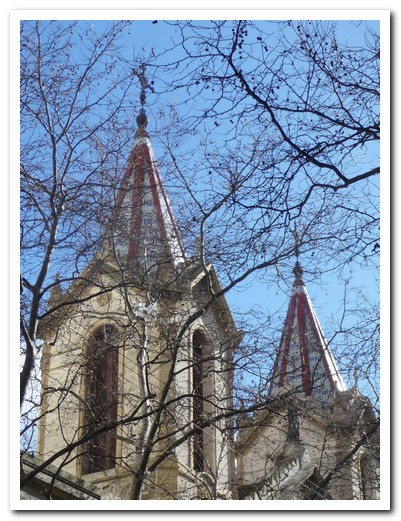
Church steeples in old Montevideo
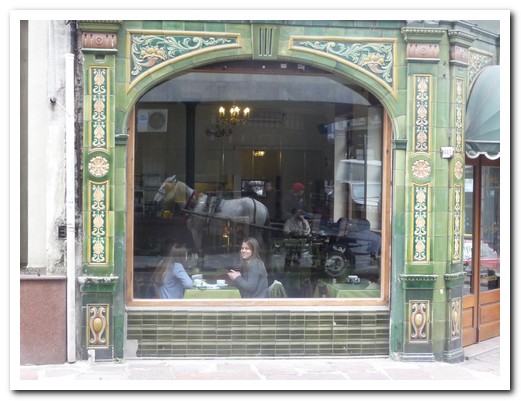
Horses and carts are still used for rubbish colection
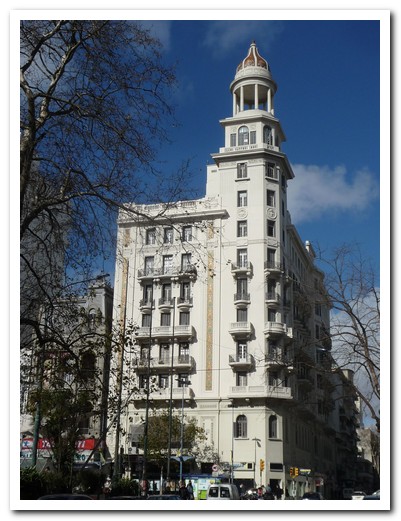
Building in the center of Montevideo
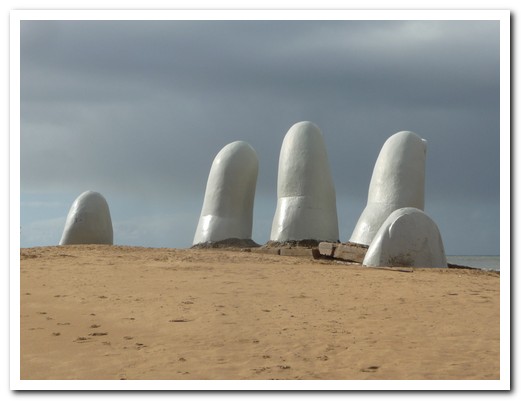
Hand in the sand sculpture on the beach at Punta del Este

At least the sea gulls enjoy the wind
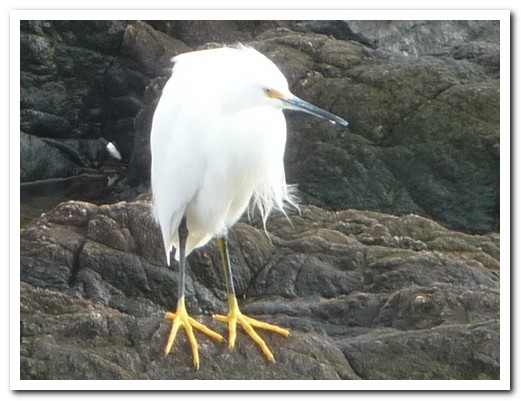
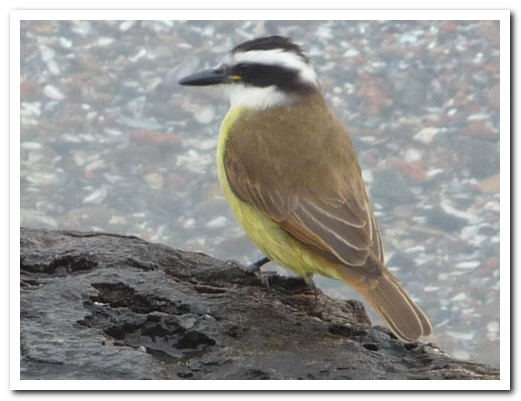
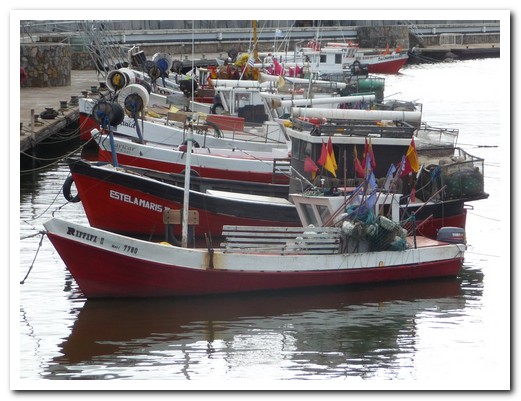
Punta´s fishing boats are not going out in the windy conditions
Iguazú Falls
07th July 2010
The impressive Iguazú Falls between Argentina and Brazil, consists of some 275 separate falls. The most spectacular is the Devil´s Throat, a powerful torrent of water plunging down a narrow gorge, wetting viewers with rising mist. On the Argentine side there are many walking trails to view the falls from all aspects.
.
We took the thrilling boat ride under the falls getting completely soaked. We encountered monkeys, coatis, caimen, birds and many colourful butterflies in the park. Our day finished with a tranquil float down a calmer part of the river sunnounded by jungle.
.
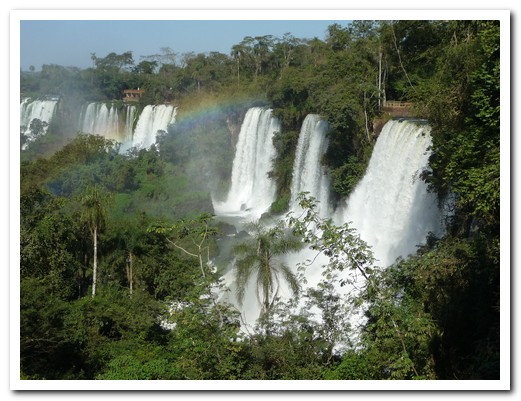
Some of the falls at Iguazú
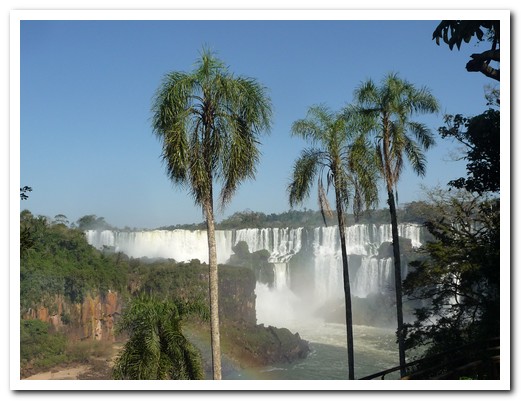
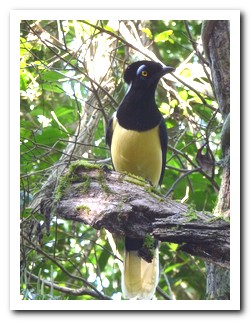
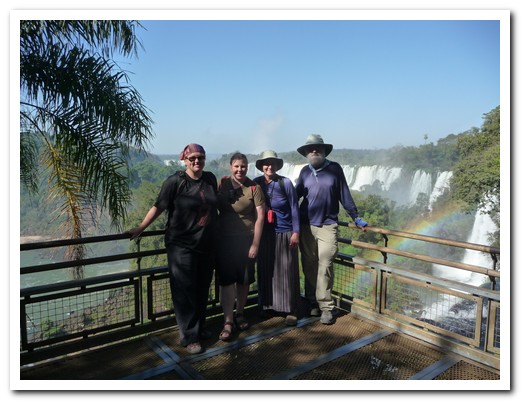
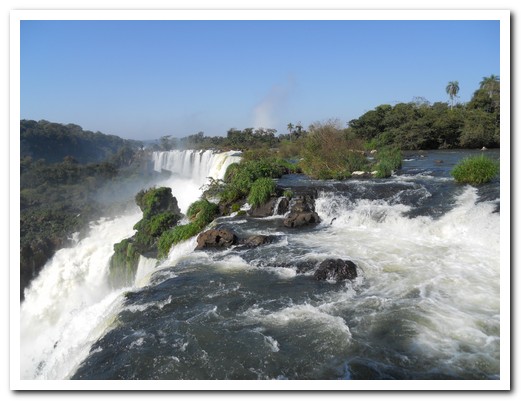
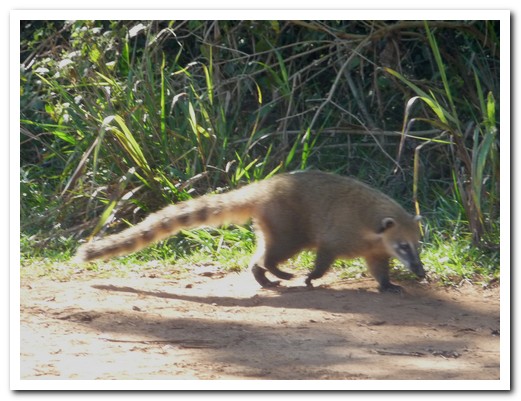
Coatis are everywhere

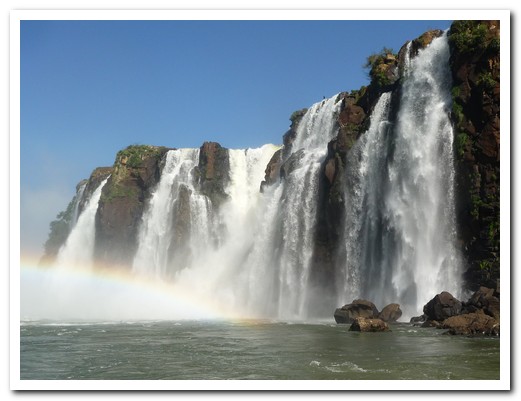
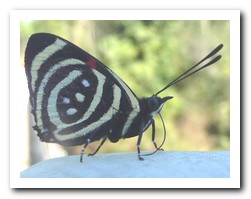
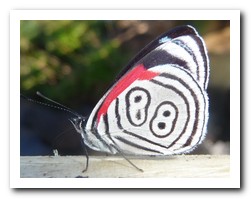
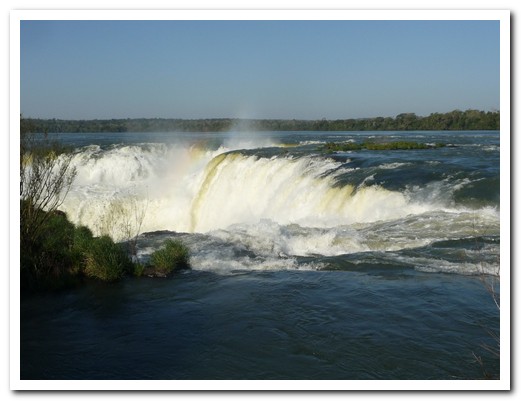
The Devil´s Throat
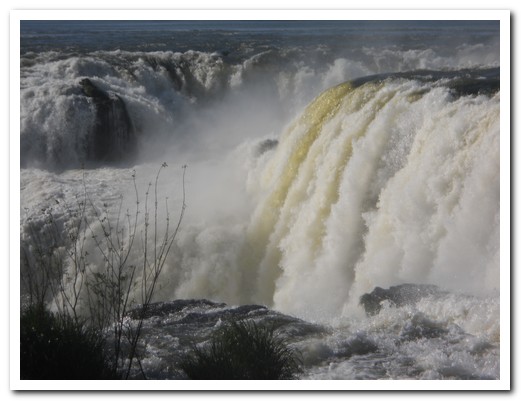
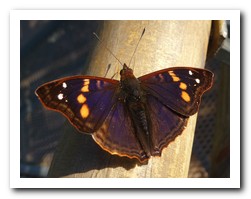
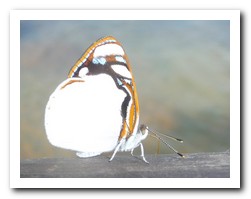
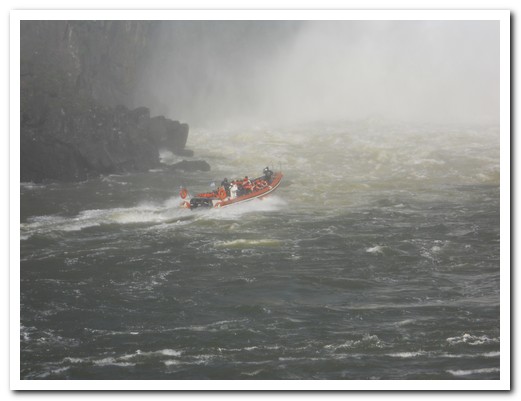
The boat under the falls
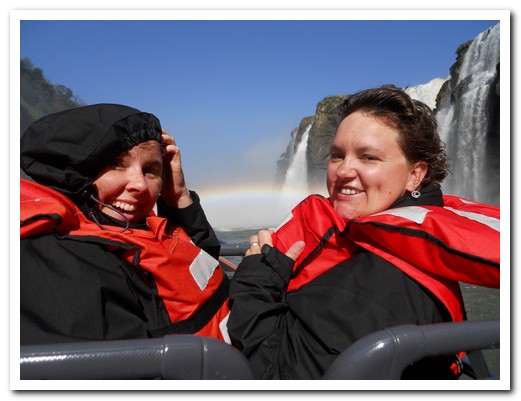
Just before the shower
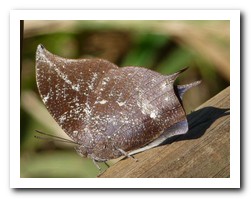
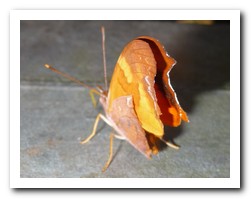
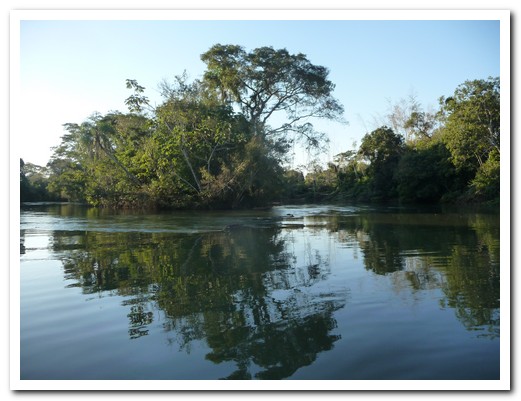
Tranquil ride down the river
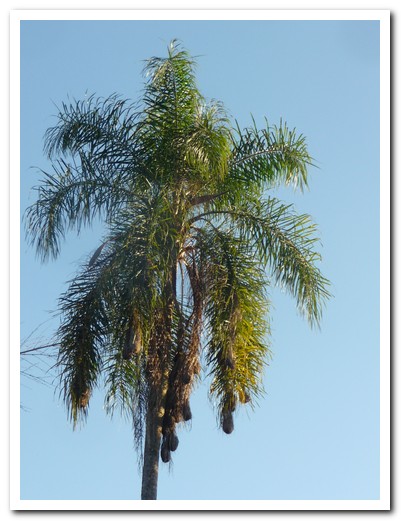
Bird´s nests hang from the palm tree
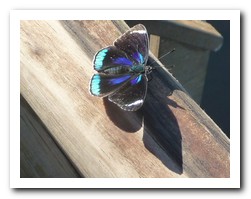
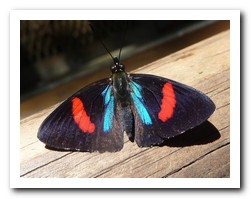
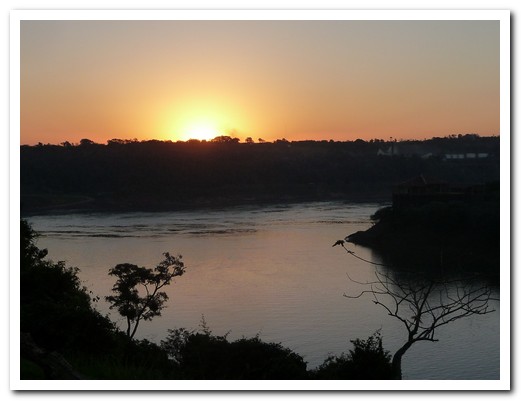
Sunset on the borders of Argentina, Brazil and Paraguay
Flowers of Machu Picchu
01st July 2010
Along the Inca Trail is a surprising number of wild flowers and orchids.
.
Stopping to look and photograph them was a good excuse for a rest on the steep track.
.

